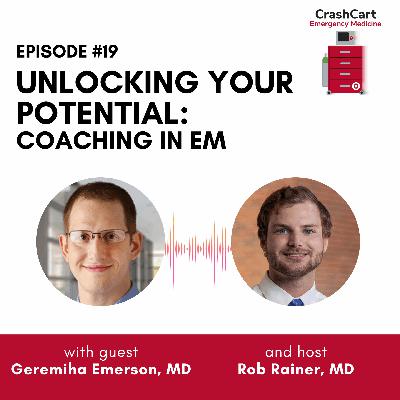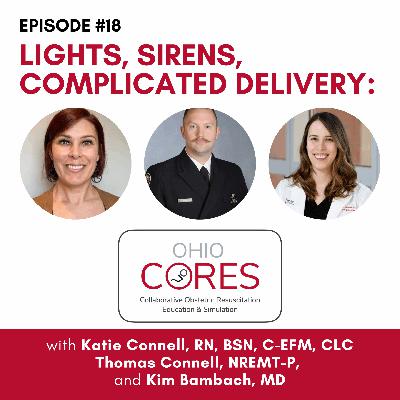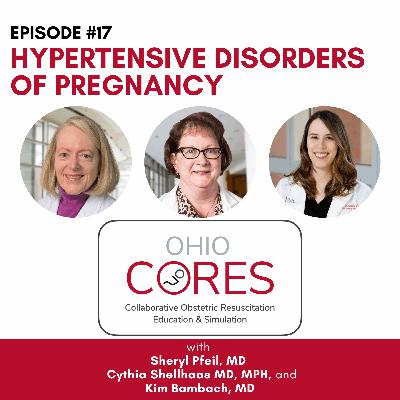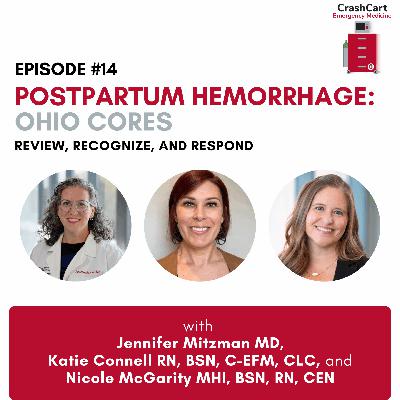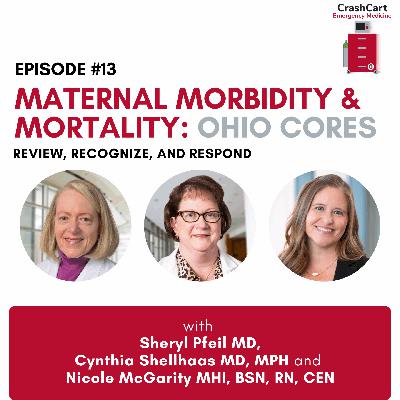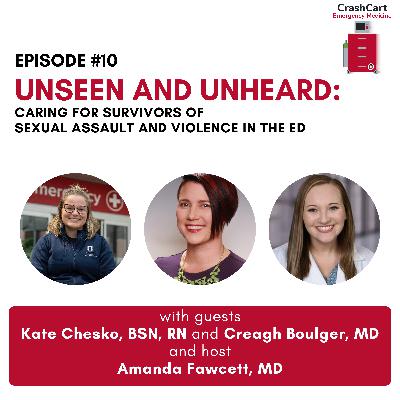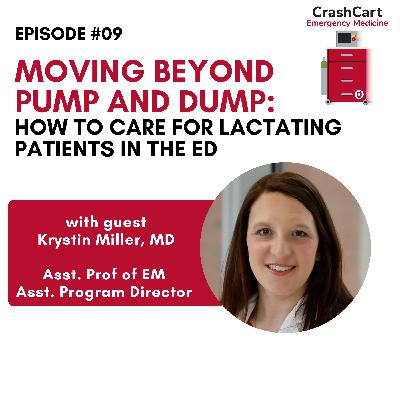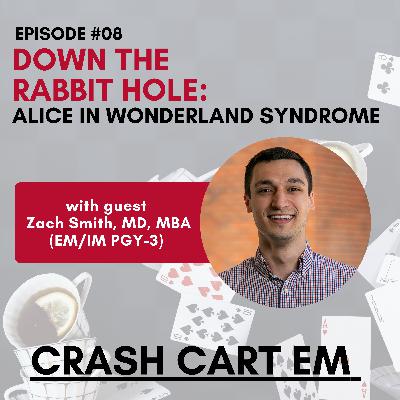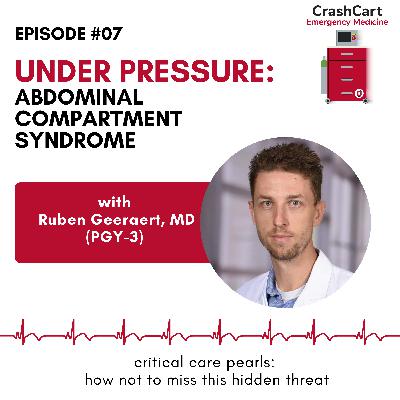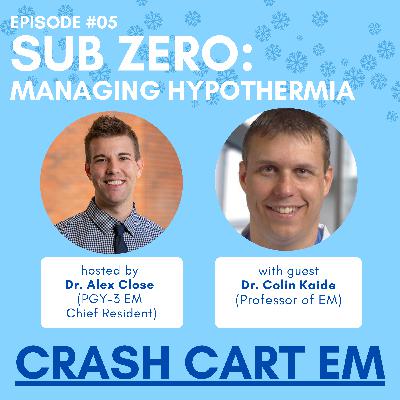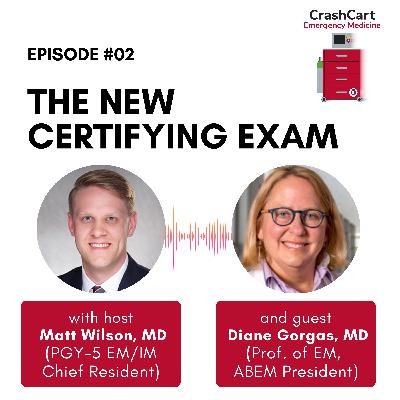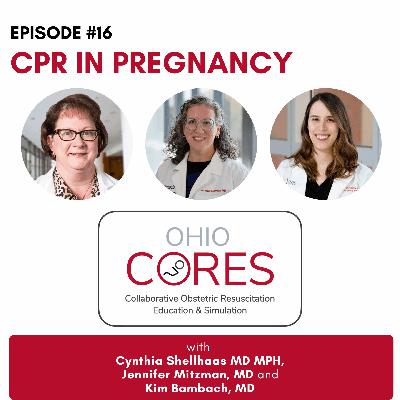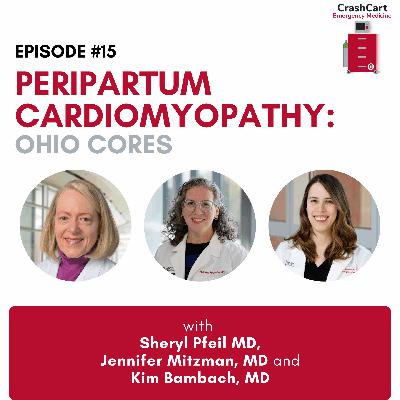Managing Sleep and Fatigue in Emergency Medicine
Description
In this episode, Dr. Li-Sauerwine (Associate Professor of EM and Associate Program Director) and Dr. Bambach (Assistant Professor of EM) dive into the challenges of sleep and fatigue in Emergency Medicine. They break down the basics of how sleep works, how it is affected by shift work, and the real risks that come with being tired on your shift—both for your health and your performance. Along the way, they share practical tips, from how to use strategic napping and caffeine effectively to bigger-picture solutions like smarter scheduling and system-level changes. It’s all about helping you feel better and do your best for your patients, even on those tough night shifts.
Guest: Simiao Li-Sauerwine, MD, MSCR
Host: Kim Bambach, MD
Editor: Kim Bambach, MD
Key Learning Points
1. Understanding Sleep and Chronotypes
- Basics of Sleep Physiology:
- Sleep is regulated by natural circadian rhythms and influenced by individual chronotypes.
- A typical person’s natural sleep midpoint is around 3 a.m.; 8.5 hours of sleep is optimal.
- Chronotype Variations:
- Early birds thrive with early wake times; night owls function best with late sleep schedules.
- Chronotypes evolve over a lifetime, explaining why teenagers are night owls and older adults wake early.
- Implications for Emergency Medicine:
- Late chronotypes may align better with evening or swing shifts in emergency medicine.
2. Challenges in Emergency Medicine
- Shift Work Impact:
- Misaligned schedules cause “social jet lag,” when a person’s work schedule and natural sleep-wake cycle are misaligned. This leads to physical and mental fatigue.
- Emergency medicine prides itself on 24/7 availability but requires managing inherent risks.
- Fatigue Risks:
- Being awake for 18+ hours is akin to having a blood alcohol level of 0.05-0.1%.
- Fatigue affects reaction times, decision-making, and increases errors during high-stress situations like patient resuscitations at the end of shifts.
3. Types of Fatigue
- Transient Fatigue:
- Occurs from short-term sleep deprivation, like cramming for an exam or a single sleepless night.
- Cumulative Fatigue:
- Builds over days of restricted sleep, where even losing an hour nightly adds up to a full night’s loss over a week.
- Leads to chronic exhaustion and reduced cognitive performance.
- Circadian Fatigue:
- Your body’s sleep-wake cycle is out of sync with your environment. This often results from working during the window of circadian low (2-6 a.m.), when melatonin peaks and alertness is at its lowest.
4. Individual Solutions
- Sleep Hygiene Tips:
- Create an ideal sleep environment: blackout curtains, cool temperatures, and noise reduction.
- Practice tech-free sleep routines; avoid screen time before bed.
- Use weighted blankets and fans for added comfort.
- Pre-shift Preparation:
- Schedule naps before night shifts to reduce fatigue onset.
- Consider caffeine naps: drink coffee, then nap for 15-20 minutes to maximize alertness.
- Coping During Shifts:
- Take strategic breaks to step away, move, or refresh. Evidence supports breaks in reducing errors.
- Manage caffeine intake to avoid disruptive rebounds later in the shift.
- Post-shift Recovery:
- Allow time for decompression and sleep, even if it’s fragmented.
- Recognize and address “sleep inertia” (groggy feeling and temporary performance decline) when transitioning back to normal schedules.
5. System-Level Solutions
- Policies to Support Sleep:
- Safe ride home programs for fatigued clinicians, covering ride-share costs to and from the hospital.
- Incentivized schedules for nocturnists, offering financial benefits and predictable shifts.
- Shift Design Innovations:
- Waterfall Scheduling: Progresses from day to evening to night shifts for better circadian alignment.
- Casino Shifts: Divides shifts to allow a consistent sleep block during natural sleep hours.
- Long-term Accommodations:
- Policies to reduce night shifts after a certain age or years of service.
- Protecting post-night shift hours from daytime responsibilities, like meetings or nonclinical obligations.
6. Long-term Risks and Importance of Sleep
- Health Risks:
- Long-term dysregulated sleep increases risks for diabetes, cardiovascular disease, cancer, and overall mortality.
- Occupational Hazard:
- Shift work is an occupational exposure akin to other health risks, requiring proactive management by employers and healthcare systems.
- Mitigation Through Awareness:
- Building systems to address these risks is essential for long-term clinician well-being.
Closing Thoughts
- Key Takeaways:
- Sleep is foundational for clinical and academic excellence.
- A shared responsibility model—balancing individual and system-level solutions—mirrors the Federal Aviation Administration’s approach to managing pilot fatigue.
- Call to Action:
- Evaluate workplace policies during job searches to prioritize sleep-friendly systems.
- As leaders, implement measures to support colleagues and residents managing erratic schedules.
Resources to Learn More
- NIH- Circadian Rhythms
- CDC- Shiftwork, Long Hours, and Fatigue
- AMA Journal of Ethics- Managing the Effects of Shift Work in Medicine
- SAEM Pulse- Dark Nights, Dark Moods: Recommendations for Fatigue Mitigation for Emergency Physicians
- Night Shifts in Emergency Medicine: The American Board of Emergency Medicine Longitudinal Study of Emergency Physicians
- Chronotypes in the US – Influence of Age and Sex
- Assessment of Physician Sleep and Wellness, Burnout, and Clinically Significant Medical Errors


